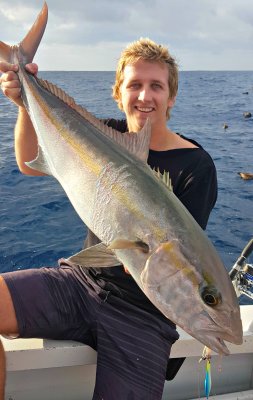As much of the WA fishing community is aware, the north-west of Western Australia has both productive fisheries and extensive offshore oil and gas infrastructure.

These structures support a range of demersal and pelagic fish that have all the ingredients for world class fishing but are often within no-fishing zones due to oil and gas exclusions.
As discussed in the latest article from editor of Western Angler Magazine, Scott Coghlan, there are some great opportunities that could benefit the fishers and divers of WA by repurposing offshore oil and gas structures into artificial reefs. Read what Scott had to say here.
Recfishwest would rather see offshore infrastructure retained and enhanced to form thriving marine habitats to help build resilience in our oceans and provide communities with more fishing opportunities for many years to come.
The following survey link is a great opportunity to quantify how important these structures are to fishing and diving and to highlight why they should be retained and enhanced.
Also anyone who fishers off any of WA’s jetties, piers or platforms are asked to complete the survey and demonstrate the value these structures are to your fishing.
Everyone who completes the survey will also go in the draw to win one of three $750 visa cards that are up for grabs.
The top banner image is of the Key Biscayne which is an example of a rig that is now a world-class dive site and exceptional fishing location after it was lost in a storm on route to Fremantle in 1983 and now rests in 42m of water, 20km south-west from Lancelin. Picture from ImageDive.com